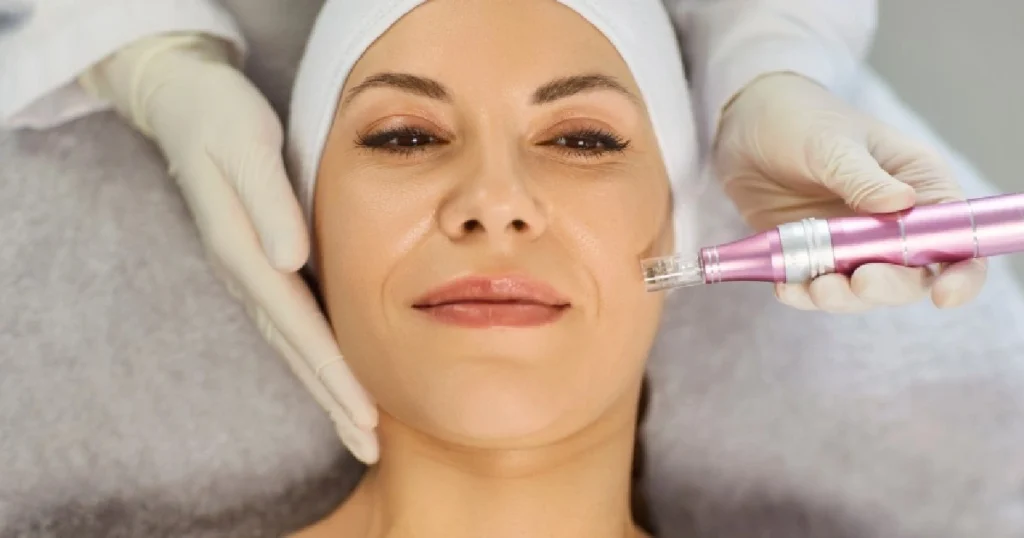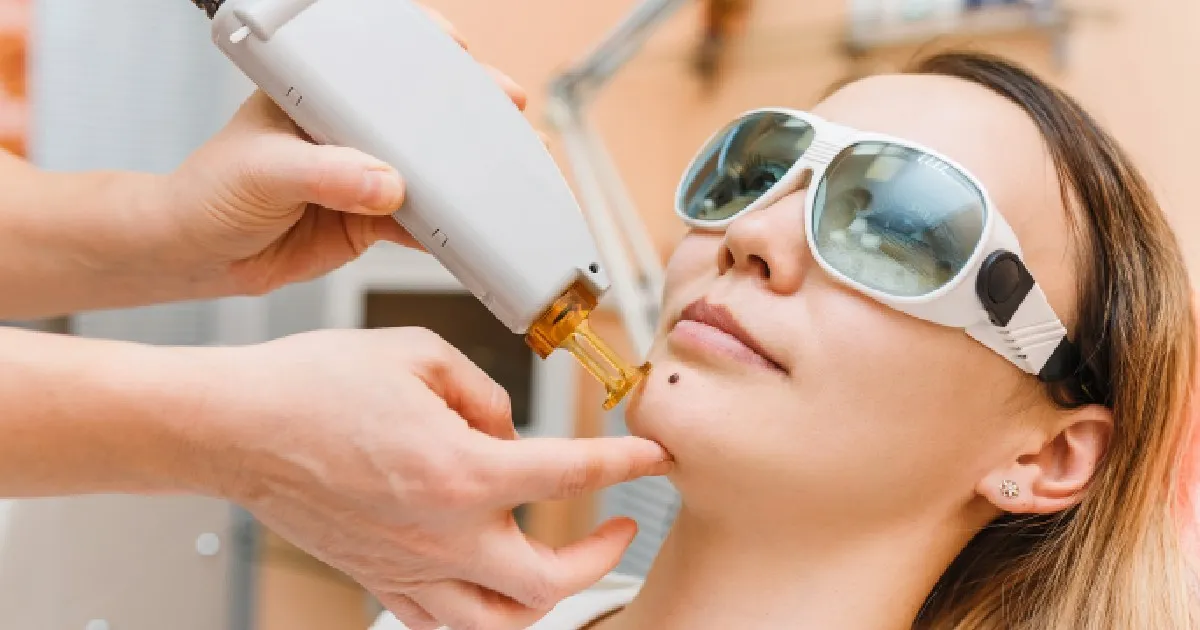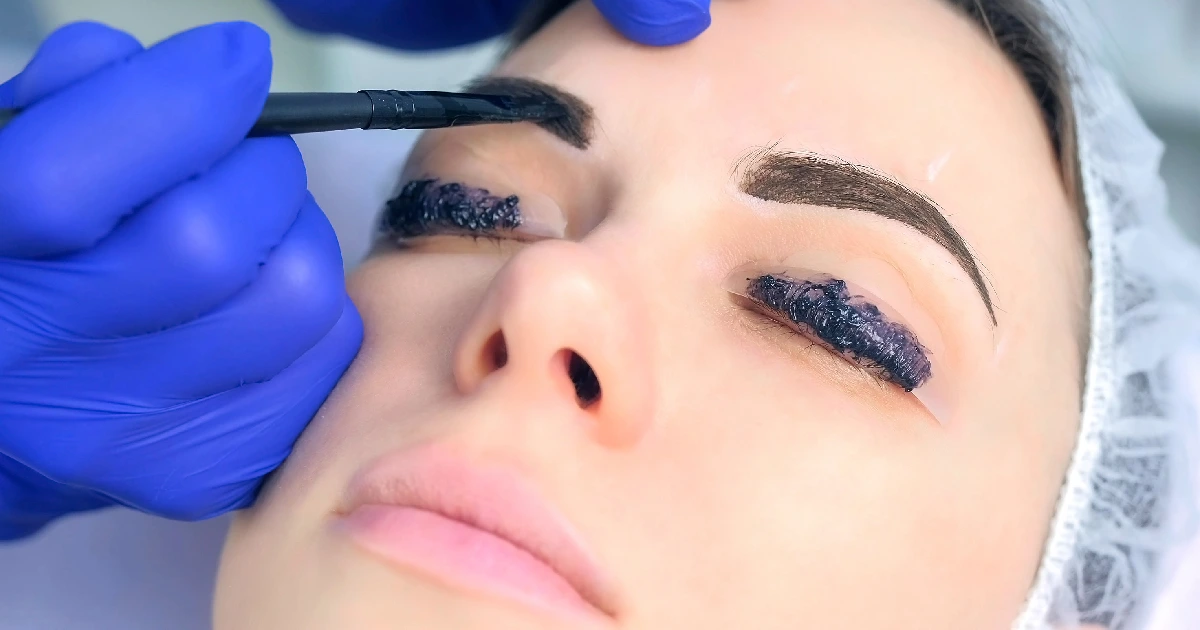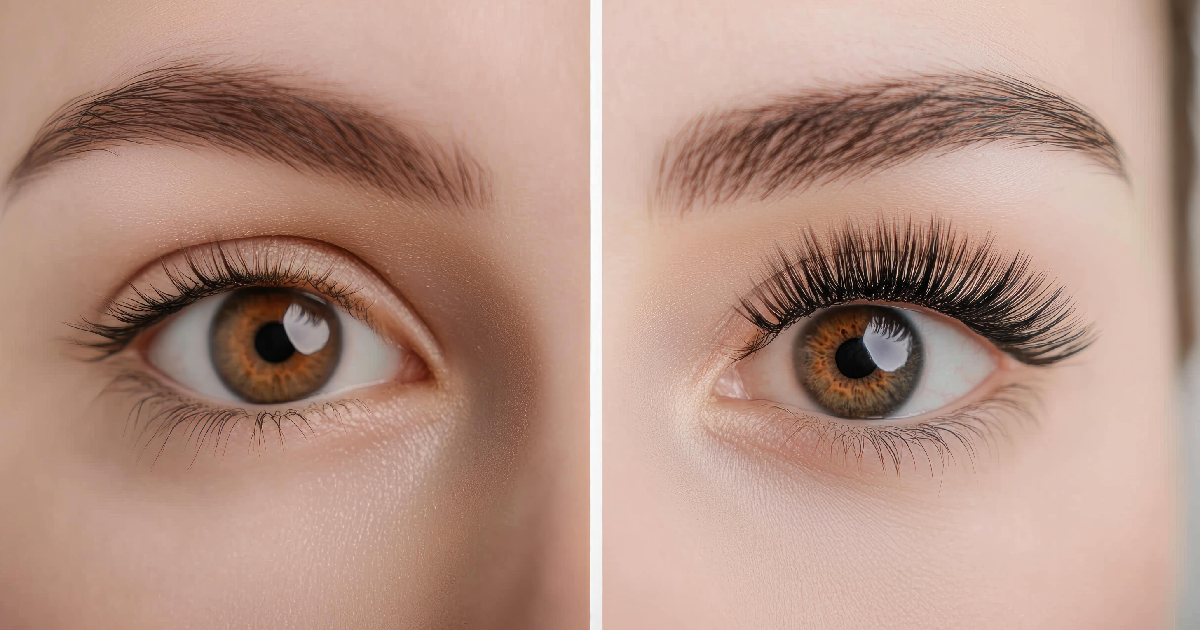
Table of Contents
Skin rejuvenation has come a long way, shifting from basic topical products to innovative procedures that deliver lasting, visible improvements.
Among today’s most popular options are RF Microneedling Treatment and traditional microneedling. Both methods enhance skin texture, tone, and elasticity, yet they differ in how they work, how deeply they treat the skin, and the results they produce.
Understanding the distinctions between RF microneedling for skin tightening vs traditional microneedling can help you choose the treatment that best fits your skin goals.
Understanding the Science Behind Microneedling
Microneedling, sometimes referred to as collagen induction therapy, uses fine, sterile needles to create controlled micro-injuries on the surface of the skin. These micro-channels stimulate the body’s natural healing process, leading to increased production of collagen and elastin. The two proteins that are responsible for skin strength and elasticity.
Traditional microneedling focuses on mechanical stimulation alone. It rejuvenates the skin by initiating the body’s repair process, improving texture, minimizing scars, and reducing fine lines.
However, RF microneedling treatment elevates this process by combining microneedling with radiofrequency (RF) energy. The latter penetrates deeper layers of the skin for enhanced tightening and remodeling effects.
How RF Microneedling Differs from Traditional Microneedling
Traditional Microneedling
Traditional microneedling relies solely on needle penetration to trigger collagen regeneration. A microneedling pen or roller creates micro-injuries across the skin, encouraging healing and improving issues such as:
- Fine lines and wrinkles
- Mild acne scarring
- Uneven skin tone
- Enlarged pores
It is effective for surface-level rejuvenation and has minimal downtime. Thus, it is suitable for those new to skin treatments.
RF Microneedling
In contrast, RF microneedling enhances the traditional technique by delivering radiofrequency energy directly into the dermis through microneedles. The energy heats the deeper layers of the skin, stimulating collagen and elastin fibers more effectively. The result is not just a smoother texture but visibly tighter, firmer, and lifted skin.
Because it targets both surface and deep layers, RF microneedling addresses concerns that traditional microneedling cannot fully correct, such as moderate wrinkles, deeper acne scars, and skin laxity.
The Power of Potenza: A Breakthrough in RF Microneedling Technology
Among the latest innovations in skin rejuvenation, Potenza has quickly become one of the most advanced devices available for RF microneedling treatment.
Developed to provide maximum customization and comfort, Potenza combines the benefits of traditional microneedling with precise radiofrequency delivery for enhanced results. The technology is designed to remodel collagen more effectively, tighten loose skin, and restore youthful vitality with minimal downtime.
How Potenza Works
Potenza uses ultrafine needles to penetrate the skin while simultaneously delivering controlled radiofrequency heat into targeted layers. The thermal energy stimulates fibroblasts (cells responsible for collagen and elastin production), resulting in smoother, firmer, and more resilient skin over time.
Unlike earlier RF systems, Potenza offers adjustable energy settings and multiple tip configurations, allowing practitioners to tailor each session to specific skin concerns. These may refer to fine lines, deep wrinkles, acne scars, or enlarged pores.
Comparing Results: RF Microneedling vs Regular Microneedling for Scars
When comparing RF microneedling vs regular microneedling for scars, the key difference lies in the depth of treatment. Traditional microneedling is most effective for mild to moderate scarring, as it primarily targets the outer layers of the skin.
RF microneedling, on the flip side, reaches deeper tissues, heating the dermal layers to remodel collagen and smooth out depressed scars. The controlled thermal energy encourages new, healthy skin formation and minimizes scar depth over time. For patients with more pronounced acne or surgical scars, RF microneedling treatment offers superior results with fewer sessions.
The Best Microneedling Type for Wrinkles
Are you currently looking for the best microneedling type for wrinkles? Well, in our professional opinion, RF microneedling often delivers the most noticeable improvement.
Traditional microneedling helps reduce fine lines by stimulating collagen production at the surface, but it cannot address deeper wrinkles or skin laxity.
The addition of radiofrequency energy in RF microneedling tightens existing collagen fibers and stimulates deeper remodeling. This dual-action process helps lift sagging areas, smooth crow’s feet, and minimize forehead lines with precision.
This advanced microneedling technique is also highly effective around the jawline, neck, and lower face. These are the areas that tend to show early signs of aging.
What to Expect During Each Treatment
Traditional Microneedling Procedure
The session begins with the application of a topical numbing cream to ensure comfort. Once the skin is numb, the provider glides a microneedling pen across the treatment area, creating hundreds of microchannels. The procedure takes about 30 to 45 minutes.
Post-treatment, the skin may appear pink or slightly red, similar to a mild sunburn. Most people can resume normal activities within 24 hours. Improvements in skin texture and tone become visible within a few weeks as collagen production increases.
RF Microneedling Procedure
An RF microneedling treatment session also begins with numbing the skin. The device used emits both micro-needles and radiofrequency waves that penetrate the skin simultaneously. As the RF energy heats deeper tissues, it promotes tightening while minimizing surface damage.
Patients often describe the sensation as a warm prickling feeling. The treatment typically lasts 45 to 60 minutes, depending on the area. Mild redness and swelling may persist for 1 to 3 days. Over time, the skin feels firmer and looks smoother as collagen remodeling continues.
RF Microneedling vs Traditional Microneedling for Acne Scars
Acne scars can vary from shallow marks to deep indentations. This explains why the treatment choice depends on the severity of the condition.
Comparing RF microneedling vs traditional microneedling for acne scars, the radiofrequency component offers distinct advantages.
Traditional microneedling helps resurface the skin and fade lighter scars, but deeper scars could persist. RF microneedling addresses this by providing controlled heat at specific depths. The effect is improved scar texture and increased collagen growth. This results in smoother skin with fewer visible irregularities.
Furthermore, RF microneedling reduces oil production and inflammation, helping prevent future breakouts while refining the skin’s appearance. Over multiple sessions, patients often achieve a more even skin tone, refined pores, and reduced scar visibility.
What Results Can You Expect?
Both microneedling techniques lead to gradual improvement, with collagen production peaking several weeks after treatment.
With traditional microneedling, visible results may appear after three to four sessions. RF microneedling usually delivers noticeable tightening and smoothing after just one or two treatments, with continued enhancement for months as new collagen develops.
RF microneedling’s results typically last longer because it stimulates the dermal layer more deeply. Many clients maintain improvements for up to a year with proper skincare and sun protection.
Which Treatment Is Right for You?
Choosing between RF microneedling for skin tightening vs traditional microneedling depends on your primary skin goals and level of concern.
Traditional microneedling is excellent for surface rejuvenation and mild textural issues. It suits younger patients or those seeking maintenance treatments with minimal downtime.
RF microneedling, however, is ideal for more advanced signs of aging, deeper scars, and skin laxity. Its added energy component offers superior tightening and firming benefits that traditional methods cannot match.
Consulting a qualified provider helps determine the most suitable approach for your unique skin condition and expectations.
RF Microneedling Treatment in Charlotte, NC
At Infinity MedSpa and Wellness in Charlotte, NC, patients can experience the next level of skin rejuvenation with RF Microneedling. This innovative procedure combines traditional microneedling with radiofrequency energy to achieve more targeted, long-lasting results.
Our state-of-the-art clinic proudly uses Potenza, an advanced RF microneedling system that treats a wide range of skin concerns. Potenza stands out for its adjustable depth and energy settings, enabling precise treatment for each individual’s skin type and goals. It effectively addresses laxity, wrinkles, acne scars, and uneven texture, resulting in a smoother, firmer complexion.
Frequently Asked Questions
What is the main difference between RF microneedling and traditional microneedling?
RF microneedling combines radiofrequency energy with microneedles to tighten and rejuvenate skin more deeply than traditional microneedling.
How many RF microneedling treatments are needed for the best results?
Most patients achieve optimal results after three to four sessions spaced about a month apart.
Is RF microneedling safe for all skin types?
Yes, RF microneedling is safe for most skin tones and types when performed by a qualified professional.
How long does it take to see results from RF microneedling?
Noticeable improvement appears within a few weeks, with full results developing over several months as collagen builds.
Does RF microneedling require downtime?
Mild redness or swelling may occur for one to three days, but most people resume normal activities within 24 hours.






